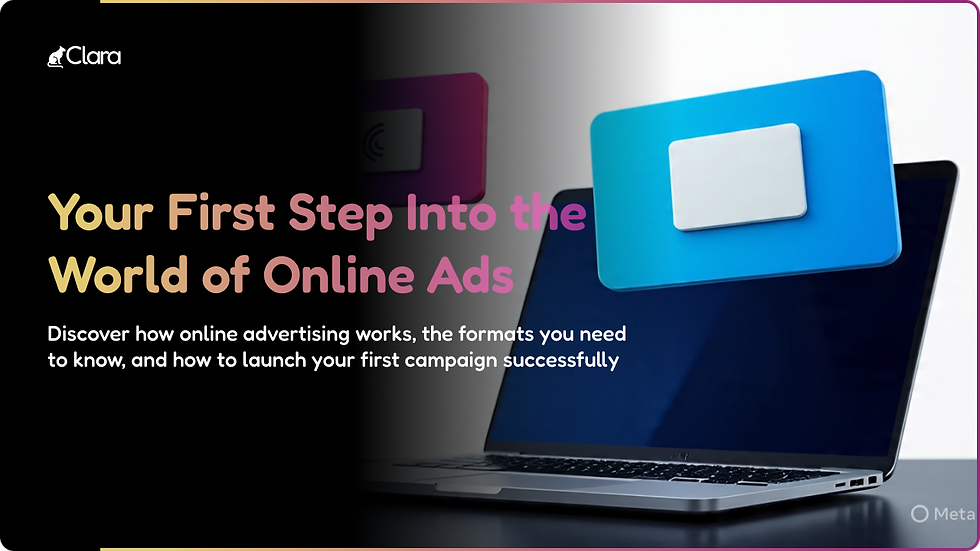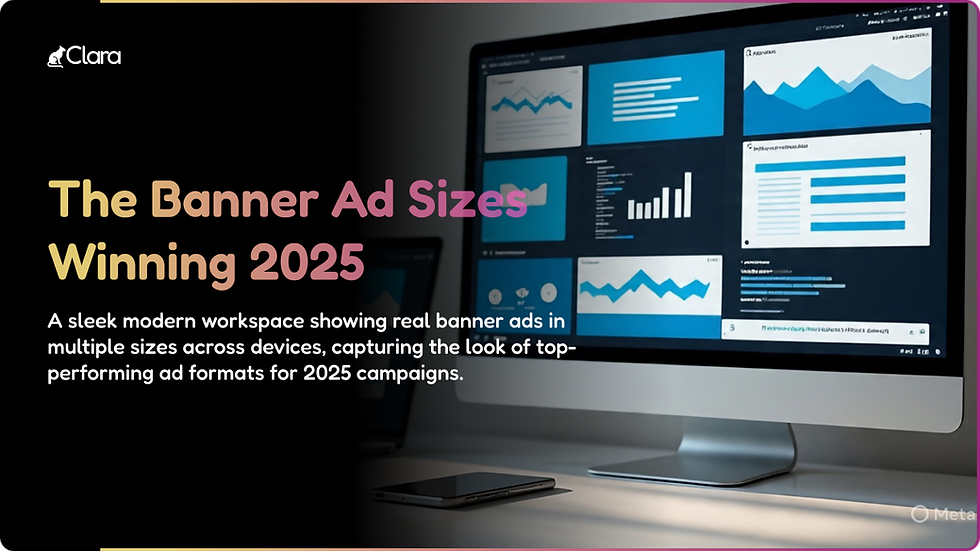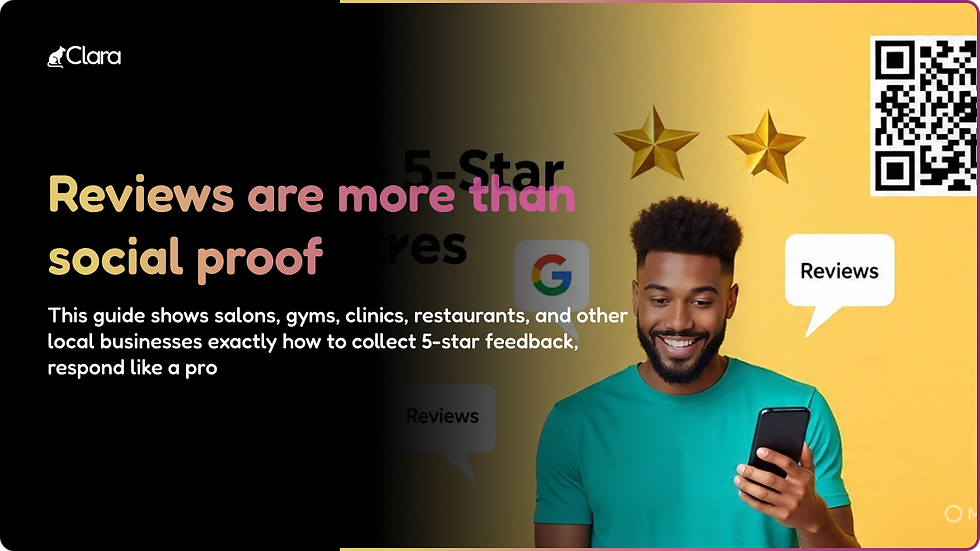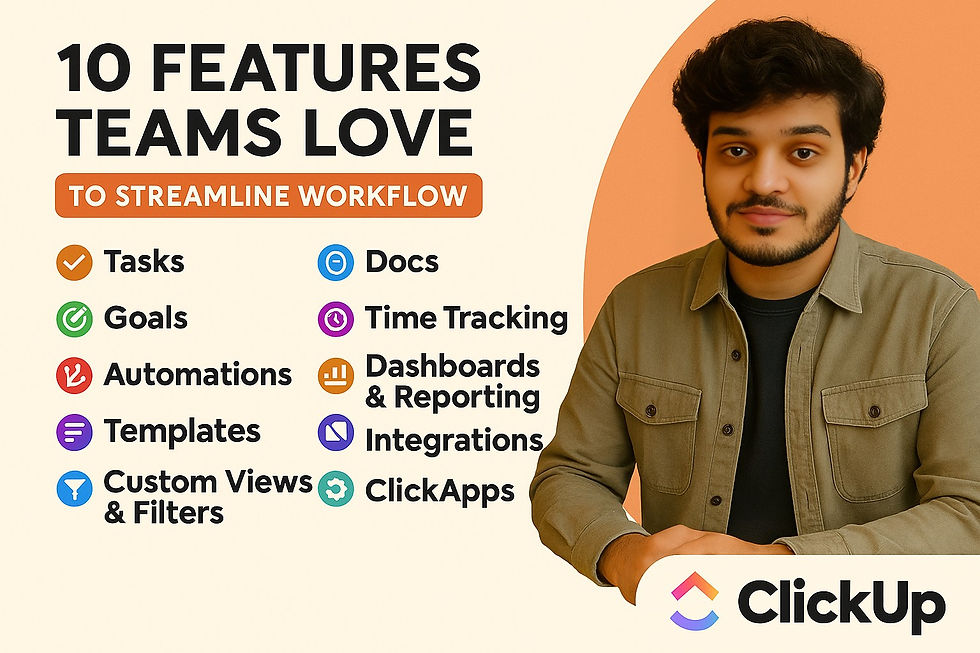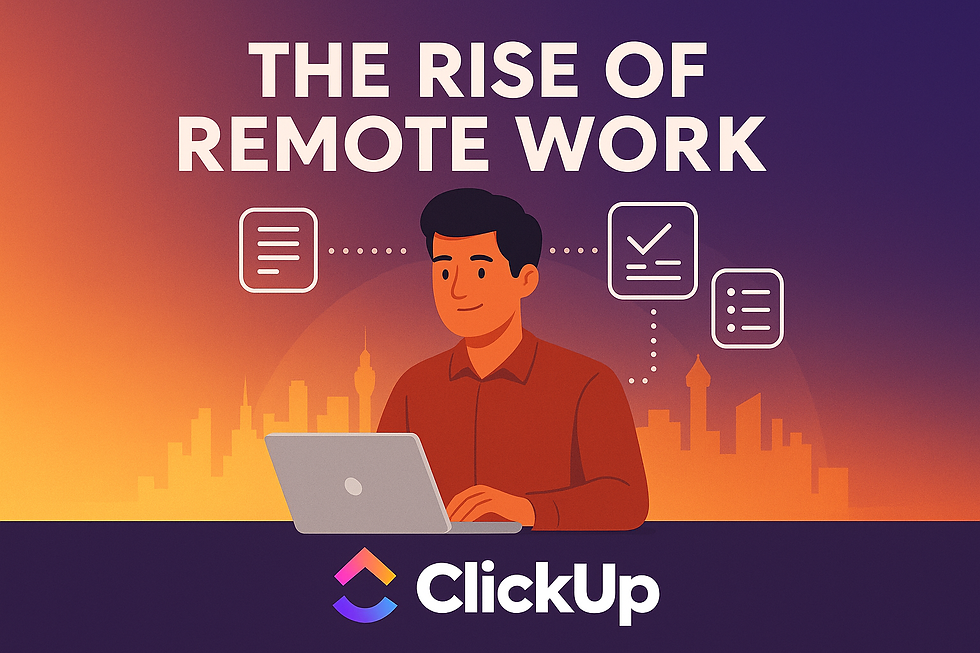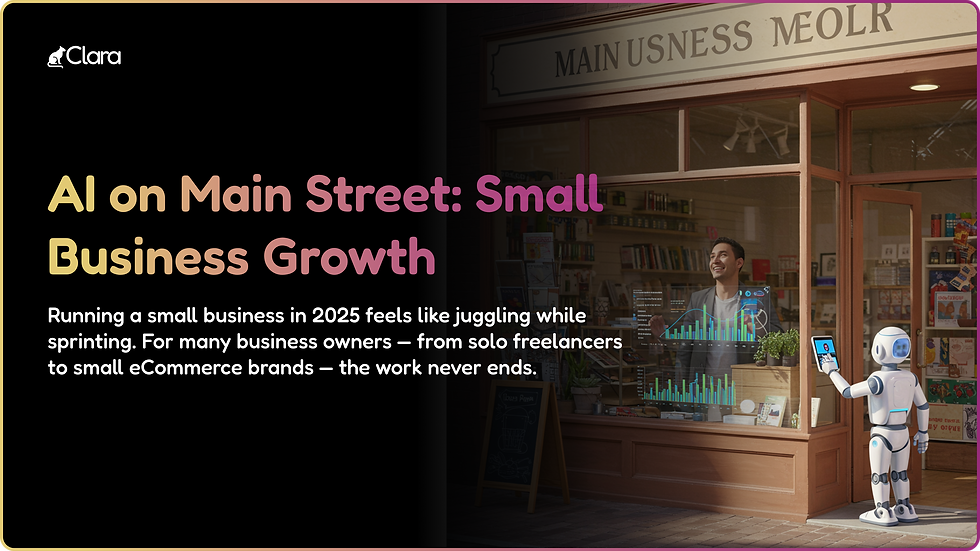- Shruti

- Aug 5
- 3 min read
Updated: Aug 5
In 2025, Europe’s digital search landscape is evolving faster than ever. For small businesses, agencies, and creators using Webflow, the opportunity grows—but so does the complexity. Search habits, privacy laws, language diversity, and mobile-first expectations shape how your site is found (and chosen) in the EU. This guide brings you the latest tactics to make Webflow projects rank and convert in key European markets.
Understanding the EU SEO Challenge
European users are multilingual and rely heavily on mobile and voice search to discover local and niche services. The region’s strict privacy laws (GDPR and beyond) mean clearer user consent and transparent data handling. Winning SEO in this landscape isn’t about hacks—it’s about laying the right structural and content foundations, then tailoring for each country and culture.
Visual suggestion: Map of the EU with flags and stats highlighting mobile vs. desktop usage, multilingual search volume, and privacy law milestones.
1. Nail Your Technical SEO—Webflow Makes it Possible
Semantic Structure: Webflow sites should use proper headings (H1–H4), descriptive alt text for every key image, and logical navigation. Semantic markup (like FAQ, product, or article schema) helps search engines understand and feature your site.
Page Speed and Core Web Vitals: Optimize images in Webflow’s asset manager, use built-in lazy loading, and limit third-party scripts. European users expect lightning-fast mobile load times.
SSL/HTTPS: Webflow provides this by default—critical for both SEO and GDPR trust.
Visual suggestion: Screenshot of a Webflow project structure, with annotated semantic tags and image optimization settings.
2. Localize—Really Localize—for Each EU Language and Region
Translations and Local Domains: Serve each market in its native language. Use localized domains (example.fr for France, example.de for Germany) or proper hreflang tags in your Webflow site settings. Don’t just translate—adapt keywords, calls to action, and references for local culture.
Geo-Target Landing Pages: Publish city- or region-specific landing pages: great for “near me” search and Google Maps rankings.
Local Reviews and Signals: Integrate Trustpilot or Google reviews for credibility and SEO.
Visual suggestion: Example page from a business site in both French and German, with unique local calls-to-action.
3. Content: Quality, Uniqueness, and Authority Win
Focus on answering the actual questions your EU customers ask. That means in-depth service pages, localized blog posts, case studies, and FAQ sections, each targeting relevant keywords.
Use structured data (Webflow’s custom code embeds work well) to highlight reviews, services, events, and articles.
Visual suggestion: Blog post preview gallery with local EU topics and robust FAQ schema panel
4. Privacy by Design
European regulations demand consent banners, clear opt-ins, and accessible privacy policies. Use Webflow’s integrations or third-party tools (like Cookiebot) to ensure compliance. A trusted, legally compliant site is favored in both rankings and user decisions.
Visual suggestion: Screenshot of a GDPR-compliant cookie consent banner in Webflow.
5. Link-Building and Outreach the EU Way
Partner with local businesses, bloggers, and industry sites for backlinks.
List your site in local European business directories and professional associations (be sure NAP—name, address, phone—info matches precisely).
Guest posts on relevant EU blogs establish niche authority.
Visual suggestion: Infographic flow showing local outreach, directory listings, and results in search listing improvements.
6. Ongoing Tracking, Analytics, and User Behavior
Set up Google Search Console and connect Google Analytics 4 via Webflow’s settings—segment traffic by region and language to see what’s resonating. Use Webflow’s own analytics for conversion insights, then refine content and landing pages based on real visitor actions.
Subtle Takeaways for Success
A winning EU SEO strategy on Webflow means:
Laying down a flawless, structured technical foundation.
Prioritizing local language and cultural nuance at every stage.
Making privacy practices front-and-center (not hidden).
Building both general authority and hyper-local connections.
Committing to continual improvement—no shortcuts, just smart, consistent best practice.
With these strategies, your Webflow sites gain the visibility and trust needed to thrive with European audiences in 2025 and beyond.
Enrich your blog post with screenshots, local keyword lists, visual guides to site structure, sample GDPR banners, and before/after analytics. This delivers immediate visual value and sets your educational content apart for both readers and search engines.




